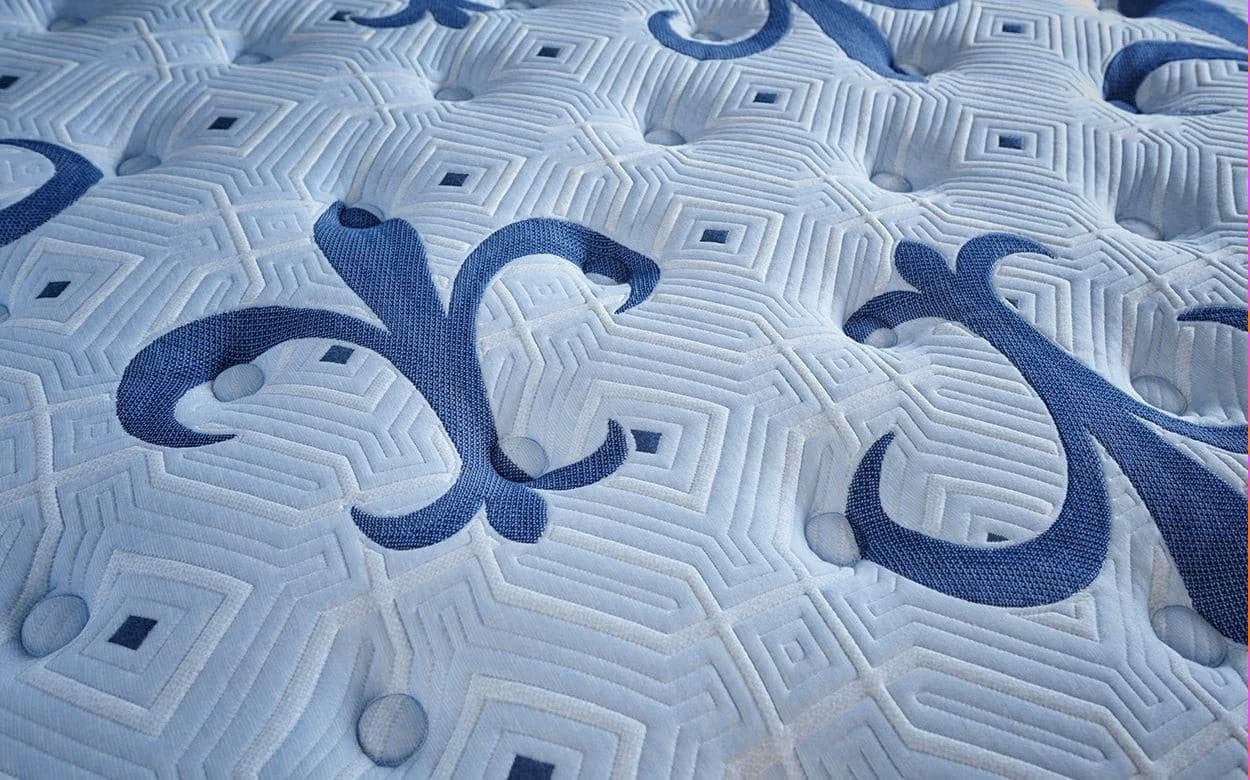Maintaining a queen mattress is essential for long-term comfort, hygiene, and structural integrity. This comprehensive guide shows you how to clean and maintain your queen mattress using practical advice and best practices from deep cleaning to daily protection.
Table of Content
- Introduction
- Key Takeaways
- Why Clean Your Queen Mattress Regularly?
- Step-by-Step Cleaning Guide
- Protective Maintenance Strategies
- Cleaning Agents Comparison Table
- Data Insight: Dust Mite Presence
- Common Maintenance Myths Busted
- Expert Video Guide
- Conclusion & Store CTA
- FAQs
Key Takeaways
- Clean your queen mattress monthly to curb dust mite growth and allergens.
- Address spills and stains quickly using appropriate spot cleaners.
- Deodorize regularly with baking soda and deep clean quarterly.
- Rotate or flip your mattress every 3–6 months to prevent uneven wear.
- Use mattress protectors and high-quality bedding from MattressStoresLosAngeles.com to prolong mattress life.
Why Clean Your Queen Mattress Regularly?
A queen mattress is more than just a sleep space it’s a heaven for dead skin, sweat, spills, and dust mites. According to [New York Post], up to one million dust mites can inhabit a single mattress.These microscopic creatures thrive in warm environments and contribute to allergies, eczema, and respiratory issues.
A clean mattress:
· Reduces allergens and bacteria.
· Extends structural life.
· Enhances sleep quality and hygiene.
Pro tip from MattressStoresLosAngeles.com: “A queen mattress built with premium foam and hybrid layers deserves a clean environment regular upkeep ensures performance longevity.”
Tools & Materials You’ll Need
· Vacuum with upholstery attachment
· Baking soda (1–2 cups)
· White vinegar (optional for stubborn odors)
· Mild dish soap or enzyme cleaner
· Hydrogen peroxide (3%)
· Clean microfiber cloths or towels
· Spray bottle
· Gloves
· Mattress protector
Step-by-Step Cleaning Guide
Clear & Prep
Start by stripping your queen mattress of all bedding, pillows, and mattress protectors. Wash linens in hot water to eliminate dust mites this protects your mattress from surface allergens. These linens are available in various fabrics at MattressStoresLosAngeles.com.
Vacuum Thoroughly
Use a vacuum with an upholstery tool to clean the entire surface, sides, and seams. Pay extra attention to crevices dust, skin flakes, and crumbs gather here.
Spot Clean Stains
Address stains promptly:
· Sweat/Oil: Mix dish soap with water, apply foam, gently blot, and rinse with water on a cloth.
· Urine/Biological stains: Use hydrogen peroxide + baking soda + dish soap paste. Blot, rinse, then air dry.
· For severe cases, consider a steam cleaner.
Deodorize with Baking Soda
Sprinkle a generous layer of baking soda across the mattress. Let it sit 2–4 hours, or overnight, absorbing oils and odors. Vacuum thoroughly afterward.
Deep Disinfection
For added protection, lightly mist with a 50:50 vinegar-water solution. Don’t soak—just gentle enough to disinfect. Allow 15 minutes to break down odor compounds, then air dry completely.
Flip or Rotate
Rotate your queen mattress head-to-toe every 3 months. If it's a flippable model, flip it completely. This evens out wear patterns and supports structural integrity.
Protective Maintenance Strategies
· Mattress protector: Waterproof and hypoallergenic covers prevent liquid seepage and dust mite infiltration.
· Weekly linen changes: Wash sheets every 1–2 weeks.
· Avoid eating in bed: Prevents spills and crumbs that attract pests.
· Keep pets off bed: Reduces fur, dander, and accidents.
Fun fact: According to The Sun, an Aldi baking soda costs just 65p and does wonders for freshness.
.Cleaning Agent Comparison Table
|
Cleaner Type |
Best For |
Pros |
Cons |
|
Baking Soda |
Odor, moisture |
Natural, safe, affordable |
Minimal stain removal |
|
Dish Soap + Water |
Oil, light stains |
Mild, accessible |
Needs rinsing, may leave residue |
|
Vinegar Blend |
Deodorizing, disinfect |
Antimicrobial, quick-drying |
Strong smell (evaporates) |
|
Hydrogen Peroxide + Baking Soda |
Urine, blood |
Powerful against bio stains |
Can bleach fabrics |
|
Enzyme Cleaner |
Biological stains |
Specific stain targeting |
More expensive |
Data Insight: Dust Mite Presence
Studies show that mattresses can harbor up to 1 million dust mites Monthly maintenance vacuuming and cleaning can reduce this by 90%. Using mattress protectors and hot-washing linens adds another 70–80% reduction, significantly improving sleep quality and reducing allergy risk.
Common Maintenance Myths Busted
1. Myth: Vacuuming once a year is enough.
Fact: Monthly vacuuming is ideal to prevent allergen buildup.
2. Myth: Baking soda alone removes all stains.
Fact: It's great for odor, but stains often require targeted cleaners.
3. Myth: Steam cleaning is always safe.
Fact: Use with caution too much moisture can harm foam and hybrids.
4. Myth: Memory foam mattresses don't need flipping.
Fact: While they don't flip, rotating them head-to-toe every few months is still important.
Expert Video Guide
Conclusion
Maintaining your queen mattress is simple but impactful. By following monthly cleaning routines, actively fighting stains, and protecting your investment with the right gear, you'll enjoy better sleep, hygiene, and mattress longevity. Check out MattressStoresLosAngeles.com for top-grade mattress protectors, bedding essentials, and expert advice to keep your sleep environment pristine.
FAQs
1.How often should I clean my queen mattress?
Clean monthly deep clean every 3–6 months depending on use and allergens.
2.Can I use bleach to remove stains?
No. Bleach can damage materials and leave harmful residue. Use hydrogen peroxide instead.
3.Is flipping always necessary?
Only if your mattress is two-sided. Otherwise, rotate head-to-toe every few months.
4.Will steam cleaners damage memory foam?
Excessive moisture can use lightly or opt for gentler cleaners.
5.Can baking soda harm my mattress?
Absolutely safe just vacuum thoroughly after to remove residue.
6.Do mattress protectors really help?
Yes they block spills and allergens. They're worth investing in.
7.What if my mattress smells after cleaning?
Check for moisture. Ensure its fully dry. You can more lightly reapply baking soda or place in sunlight.
8.How do I clean pet urine?
Use enzyme cleaners or peroxide paste immediately. Then deodorize with baking soda.
9.Is flipping or rotating more important?
Rotate regularly; flip if your model supports it to prevent sagging and maintain shape.
10.When should I consider replacing my mattress?
After ~8–10 years or if you see sagging, lumps, or persistent discomfort despite cleaning and rotating.


